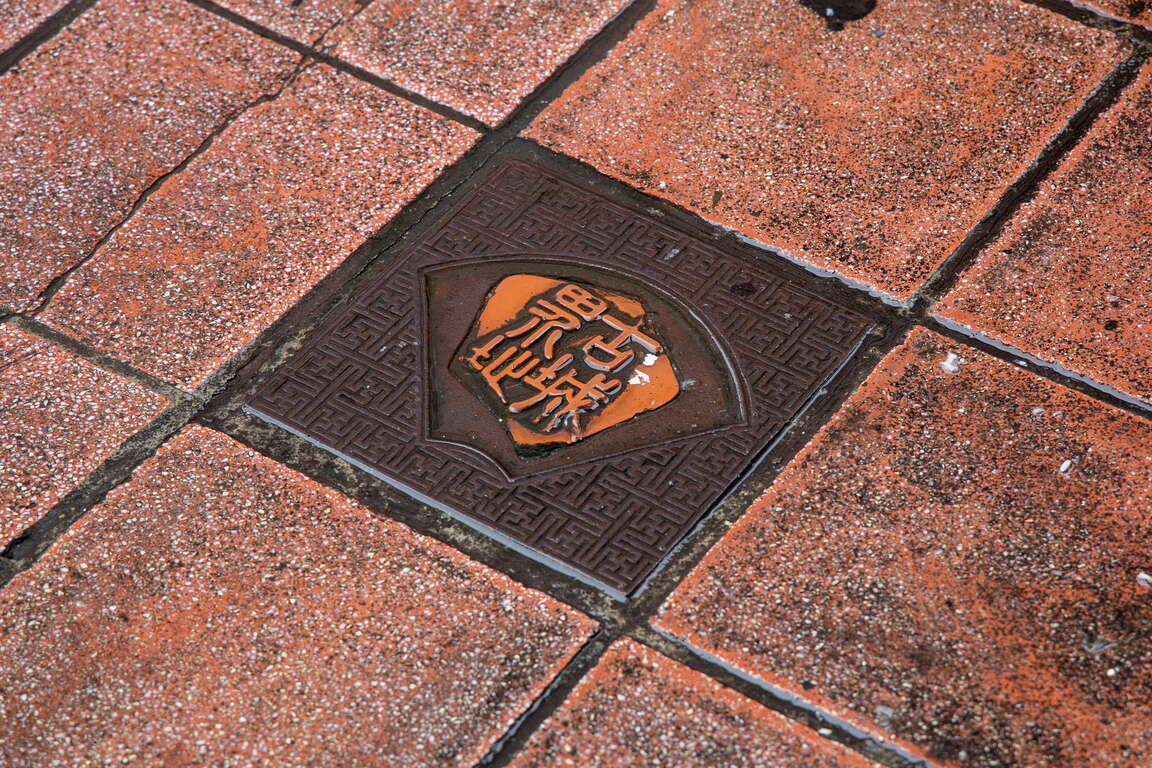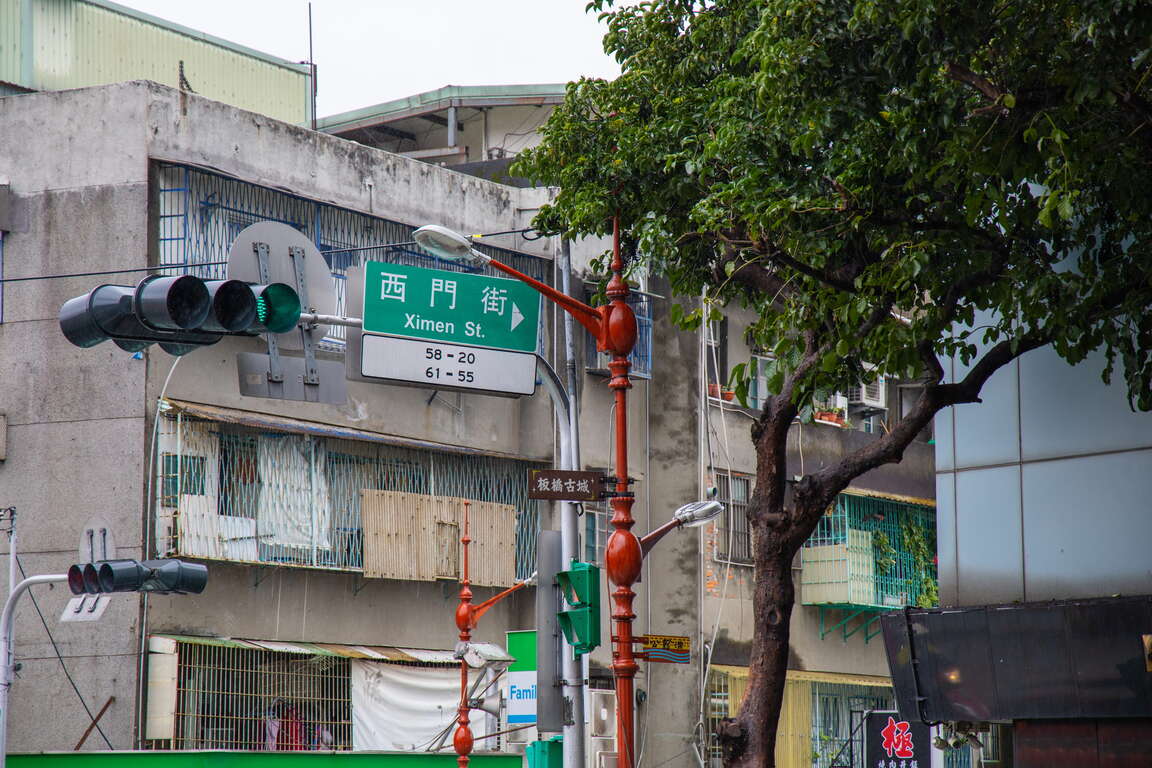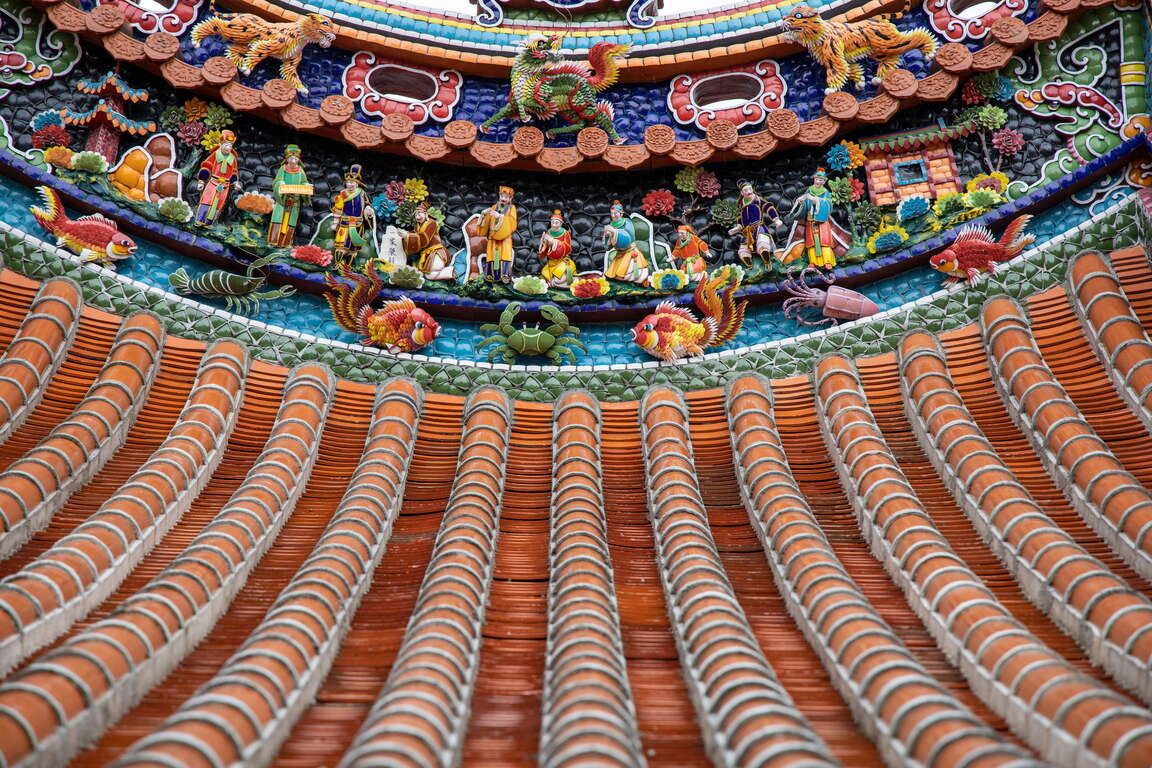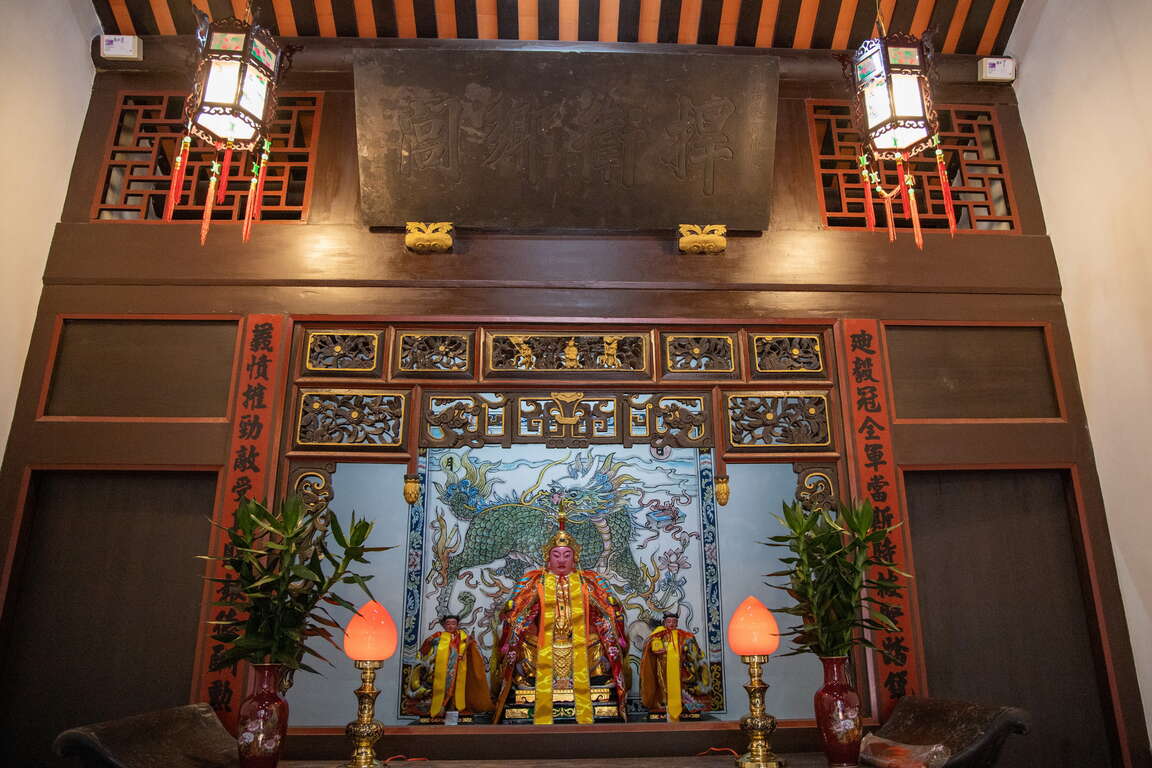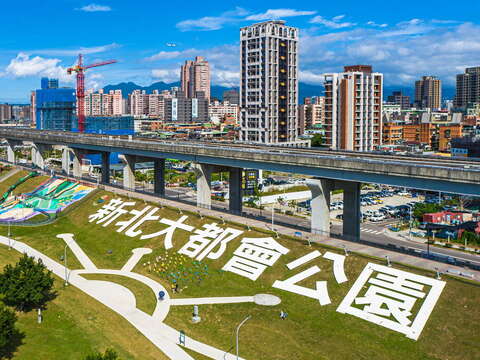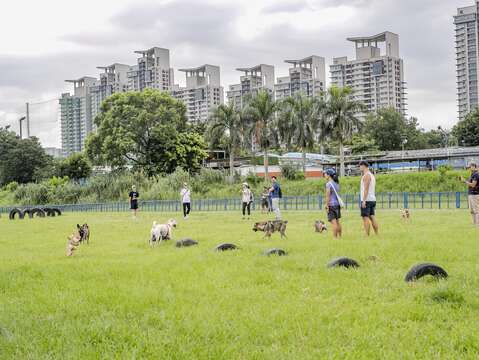Once upon a time there was a walled city — Exploring Fangqiao City and the four temples
Popularity 5626
When it comes to walled cities in Taiwan, the first places most people think of are Tainan City, Taipei City, and Hengchun Township. The gates of these cities, which were built by officials, still have their gates and even some of their walls, and some of them have had MRT stops named after them (Beimen [north gate] Station, Ximen [west gate] Station or the Taipei MRT line), and are a shared memory among present-day Taiwanese people. But did you know that there is also a walled city in Banqiao, the prime district of New Taipei City?
When going from the MRT Fuzhong Station to the Lin Family Mansion and Garden, perceptive travelers will notice that the streetlights in this area are particularly old fashioned, and that they are labelled “Fangqiao Walled City.” On top of that, when looking down, you can see the words “City Border” on the street tiles. The ancient Fangqiao Walled City had five city gates, just like Taipei; additionally, its history is even better known than that of Taipei, primarily due to two major factors that led to the establishment of the city: the Lin family of Banqiao and the Zhang-Quan fighting.
Back in the Qing Dynasty, there were frequent fights between Zhangzhou and Quanzhou immigrants; in order to defend themselves from the Quanzhou immigrants, the Banqiao Lin family, who originally came from Zhangzhou, built the Fangqiao Walled City in 1855, stretching out to present-day Ximen [west gate] Street, Beimen [north gate] Street, Nanmen [south gate] Street, and Guanqian West Road. However, during the Japanese occupation, the city was demolished to make place for traffic. Nevertheless, the temples located in the area still show traces of the old city.
Cihui Mazu temple
Located at the east side of the Fangqiao Walled City is the most popular Mazu temple in the Banqiao District. The temple is decorated on both the inside and the outside with fragmented ceramic art, sculptures, and color paintings, and the highly refined temple buildings are richly ornamented. In addition, the temple is a popular place for people to pray for prosperity, and local business magnates such as the Banqiao Lin family are all frequent visitors. If you look carefully, you can even find a dragon pillar bearing the business name of the Lin family.
Banqiao Jieyun Temple
The Jieyun Temple and the Xinzhuang Dizang Temple, both located near the west gate of Fangqiao Walled City, are historically related to the Zhang-Quan fights; the Dizang Temple was built by the Banqiao gentry to commemorate the Zhangzhou people who died in the altercations. The Jieyun Temple, which is on the other side, was formerly known as the Zhonghe Ciyunyan Temple, but was destroyed during the armed struggles, and its remains were taken over by the Banqiao Jieyun Temple. Its collection contains many precious ancient plaques and scrolls, and there are many wood carvings of flying immortals wrapped in gold foil on both sides of the roof as well as in the main hall, which are very spectacular. The caisson ceiling has a special long oval design, and is of great historical and religious value.
Banqiao Diyi Temple
The only one of the four temples to have been a city-designated temple, the Diyi Temple, was built by the Banqiao Lin family to commemorate the people who died fighting; it is also known as the Yuanshuai Temple. In 2021, after it was restored, the temple opened up for the public by appointment. The paintings of the Door Gods and the Qilin murals inside are all made by master painter Mr. Cai Longjin, the winner of the New Taipei Cultural Award. Next time you are in Banqiao, on your way to the Lin Family Mansion and Garden, slow down and closely follow the inscriptions on the ground to explore the former Walled City, and enter the temples to admire the exquisite paintings and craftmanship, and explore the past life of the city!
